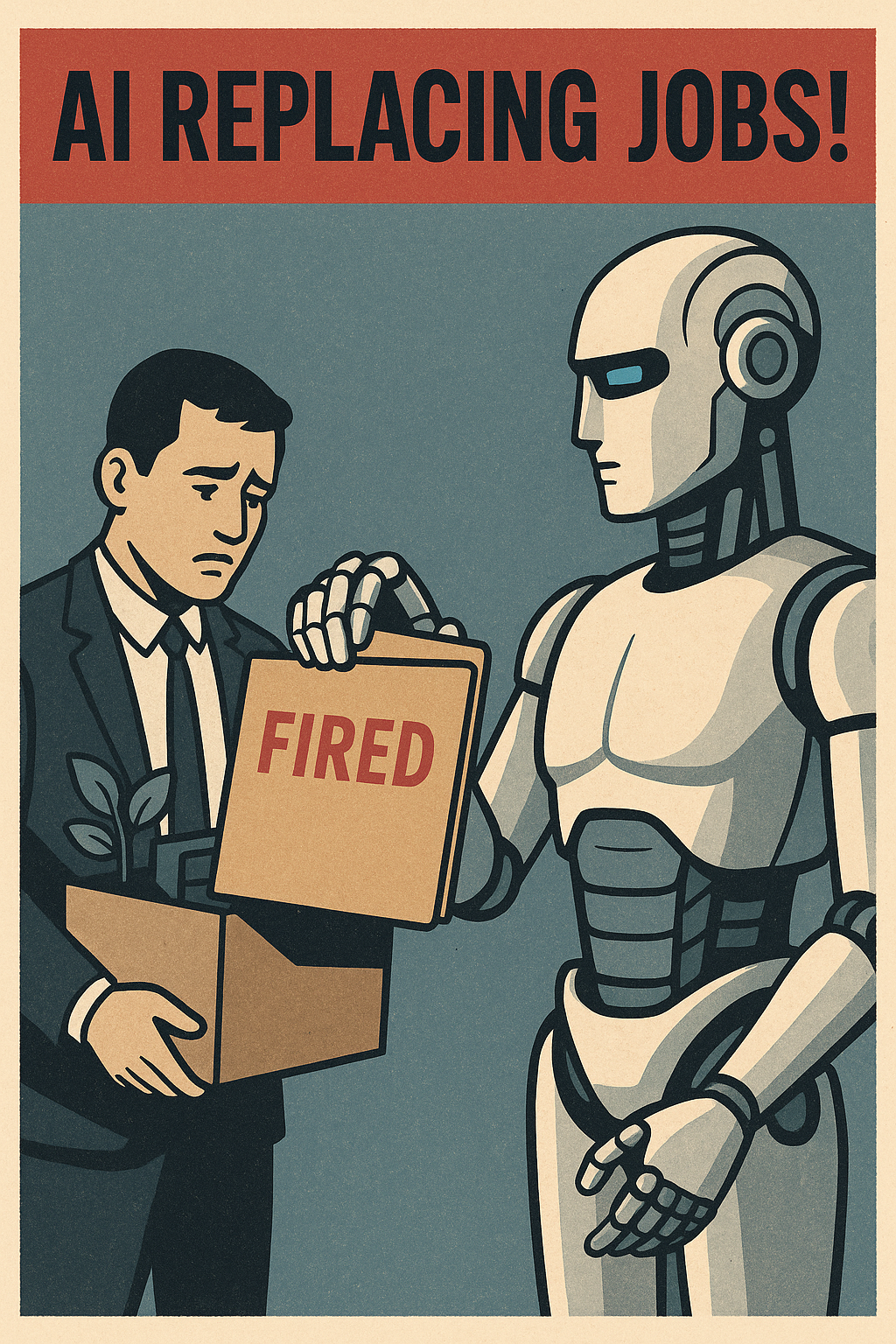Choosing the Right Architecture for Your Full-Stack Application
Building a full-stack application involves a critical decision that can significantly impact your project's success: choosing the right architecture. The architecture you select determines how your frontend and backend components interact, affecting factors like scalability, maintainability, and performance. In this article, we'll explore various architectural patterns and help you make an informed decision for your full-stack application.
Common Architectural Patterns:
1. Monolithic Architecture:
The monolithic architecture is the traditional approach where the entire application, including the frontend and backend, is tightly integrated into a single codebase and deployment.
Pros:
- Simplicity in development and deployment.
- Suitable for smaller projects with straightforward requirements.
Cons:
- Limited scalability as the application grows.
- Challenges with code maintainability as the codebase expands.
When to Use:
Consider a monolithic architecture for smaller applications or prototypes when you need a quick development turnaround.
2. Microservices Architecture:
Microservices break down an application into small, independent services, each responsible for a specific function. These services communicate with each other through APIs.
Pros:
- Scalability by independently scaling services.
- Easier maintenance and updates for individual services.
Cons:
- Complex to set up and manage.
- Requires careful planning for inter-service communication.
When to Use:
Opt for microservices when anticipating a complex, large-scale application that needs to scale and evolve independently.
3. Serverless Architecture:
Serverless architecture involves running backend logic in stateless, event-driven functions that are managed by cloud providers. There's no need to manage servers.
Pros:
- Cost-effective as you only pay for the resources used.
- Scalability handled automatically by the cloud provider.
Cons:
- Limited control over infrastructure.
- Cold start latency for serverless functions.
When to Use:
Use serverless for applications with varying workloads and where cost efficiency is crucial.
4. Jamstack Architecture:
Jamstack (JavaScript, APIs, and Markup) decouples the frontend from the backend. APIs or serverless functions provide data and functionality.
Pros:
- Fast and highly scalable.
- Improved security and easier caching.
Cons:
- Not suitable for applications requiring real-time interactions.
- May involve additional service costs.
When to Use:
Choose Jamstack for static websites, blogs, or applications where content delivery speed is paramount.
Three-Tier Architecture:
The three-tier architecture separates your application into presentation, logic, and data layers, with Next.js handling the presentation layer.
Pros:
- Clear separation of concerns.
- Proven reliability and scalability.
Cons:
- Potentially increased complexity compared to monolithic apps.
- May require more development time upfront.
When to Use:
Consider the three-tier architecture for projects with moderate complexity and a balance between scalability and maintainability.
Factors to Consider When Choosing an Architecture:
When deciding on the right architecture for your full-stack application, consider these factors:
- Project size and complexity: The architecture should align with the project's scale and complexity. Smaller projects may benefit from simplicity, while larger projects need scalability.
- Scalability requirements: Determine if your application needs to handle varying workloads and whether certain components should scale independently.
- Development team's expertise: Assess your team's skills and experience with the chosen architecture to ensure efficient development and maintenance.
- Budget and infrastructure constraints: Consider cost implications and whether you can afford cloud services or infrastructure for your chosen architecture.
- Future growth and flexibility: Think about how well the selected architecture can adapt to future changes and requirements.
Conclusion:
Choosing the right architecture for your full-stack application is a critical decision that impacts your project's success. There's no one-size-fits-all solution, and each architectural pattern has its advantages and limitations. Carefully evaluate your project's requirements, considering factors like size, scalability, and team expertise. Whether you opt for a monolithic, microservices, serverless, Jamstack, or three-tier architecture, the key is to align your choice with your project's unique needs. Making an informed decision now will set the foundation for a successful full-stack application.




Comments
Post a Comment